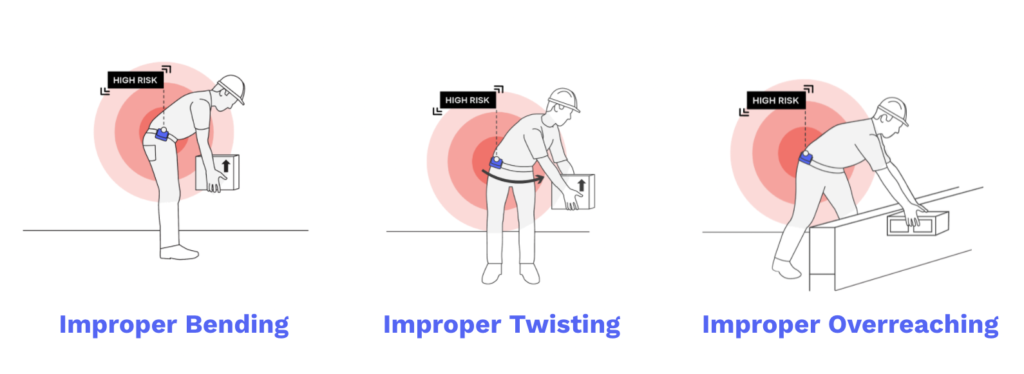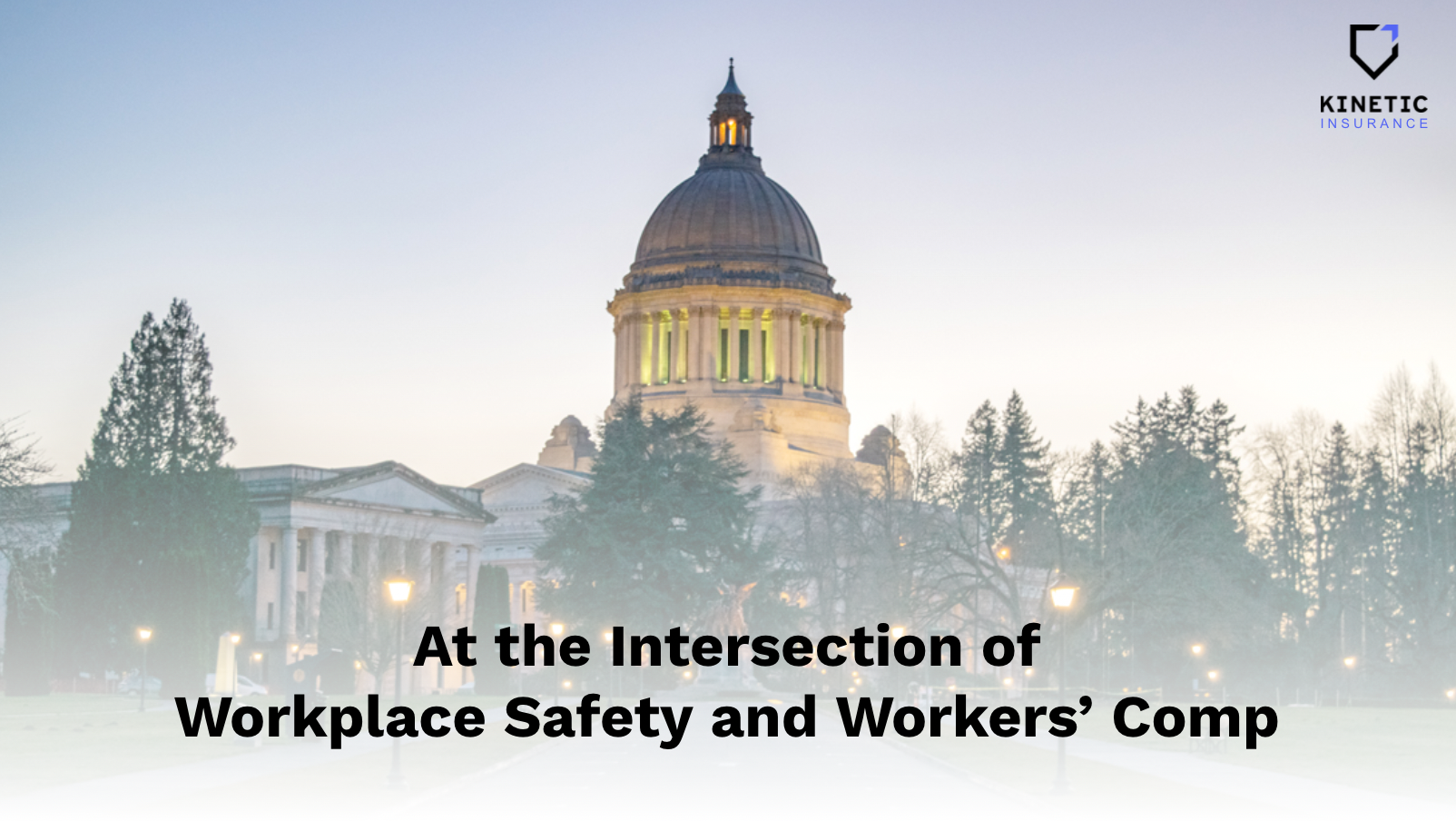It was 50 years ago this year that a presidential-appointed commission on state workers’ compensation systems made its recommendations for improvement. The Report of the National Commission on State Workmen’s Compensation Laws included guidance on topics such as encouraging workplace safety and modernizing workers’ comp systems. Five decades later, these are two areas with significant relevance once again in today’s environment.
Encouraging Workplace Safety
Workplace safety has received a lot of attention over the past two years as burgeoning ecommerce demands have put added strain on warehouse and transportation workers, and COVID-19 and labor shortages have burdened frontline workers across various sectors with increased workloads.
Ergonomic injuries have been particularly in the spotlight with companies like Amazon being cited for a high incidence of workplace injuries among warehouse workers performing repetitive tasks. Last year, Amazon launched a push to reduce ergonomic injuries, or musculoskeletal disorders (MSDs), which are reported to account for about 40% of work-related injuries across the company. Their injury-prevention programs include testing technology aimed at reducing MSDs.
With the lack of any federal worker protections related to repetitive motion injuries in place (OSHA only provides voluntary industry-specific guidelines for minimizing injuries), programs to reduce ergonomic hazards and associated MSDs have traditionally been driven primarily by industry and employer efforts.
However, state governments are also getting involved in mandating worker protections. Last month, the Washington House of Representatives passed a bill that calls for the restoration of workplace ergonomics regulations to protect workers from MSDs (regulations were previously in place from 2000-2003). If the current legislation, HB 1837, passes the Senate and is signed into law by the governor, Washington will join three other states – Oregon, California and New Hampshire – which have developed their own regulations around workplace ergonomics to prevent injuries and protect workers.
This measure reflects the increasing social consciousness and economic importance of keeping workers who do repetitive work – often those on the frontlines, sustaining our lifestyles – safe and healthy. And it puts a spotlight on the costly injury risks this workforce faces while performing essential jobs.
Modernizing Workers’ Comp Systems
A modernized approach to workers’ comp is emerging today in an industry that’s seen very little innovation in a long time. It’s ushering in a proactive approach to what has been a reactive system – and it puts workplace safety at the forefront.

Consider MSDs, which are the most frequent type of injury, accounting for 33% of workplace injuries according to OSHA. They’re also the most pricey with related workers compensation claims amounting to as much as $20 billion a year for employers. However, many of these injuries and costs can be prevented with a proactive, tech-driven approach to workplace safety and workers’ compensation.
Tech-led safety solutions, such as ergo wearables, help to prevent workplace injuries before they happen. By providing real-time feedback that drives long-term behavior change, and actionable data that gives new insights into workplace risks, wearables can significantly reduce workplace injuries and related workers comp claims.
When provided as part of a workers’ comp offering, wearable tech improves the whole system – robust data allows producers to better assess risk, policyholders save money through reduced premiums, and workers experience fewer injuries, making for a safer and more productive workforce.
As companies continue to elevate workplace safety in response to today’s dynamic work environment, and state governments increasingly attempt to mandate worker protections, a proactive, tech-enabled approach to workers’ compensation can help to meet rising expectations and changing regulations around ergonomics and worker safety.
